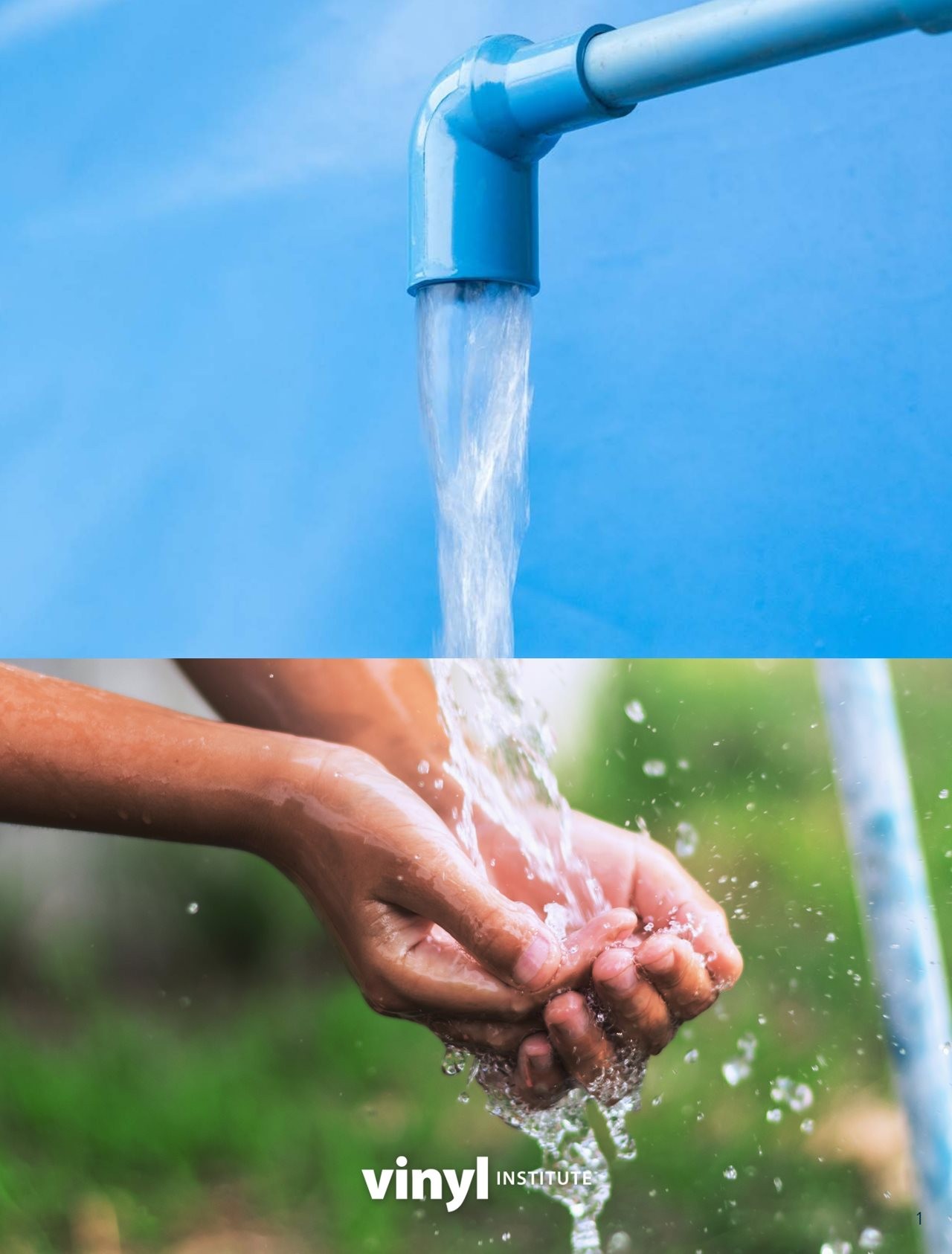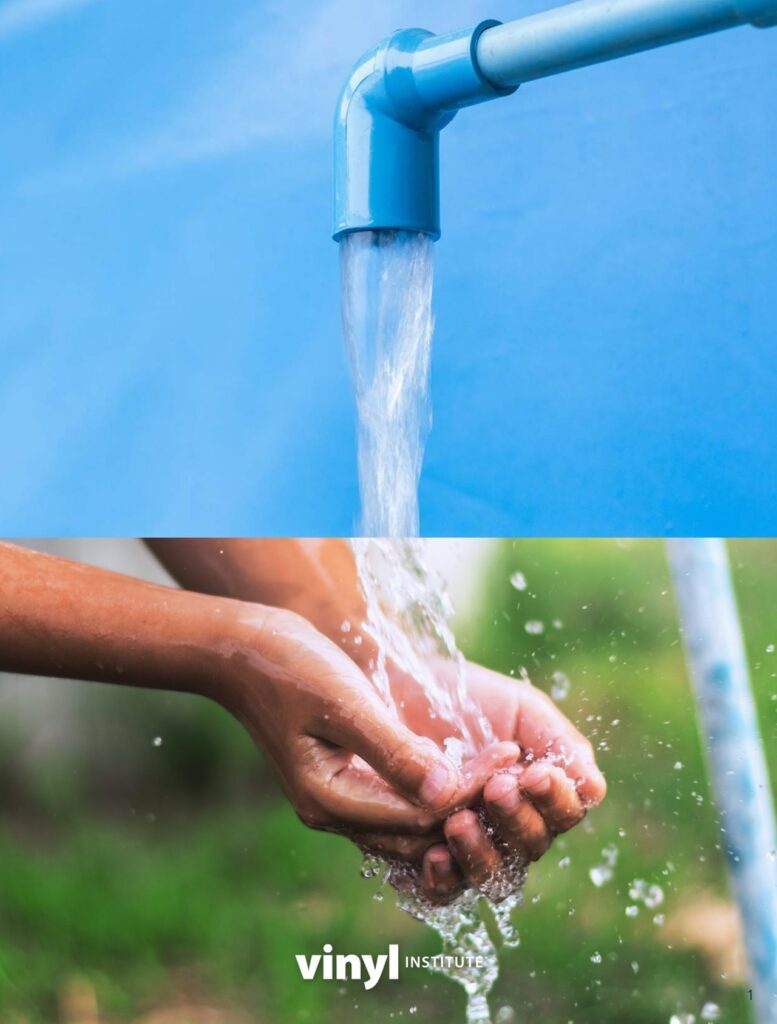(BPT) - By Ned Monroe
PVC pipe has played a key role in water conveyance around the world for more than 70 years. As U.S. municipalities face aging infrastructures and ensuing, costly water loss, PVC is providing a reliable choice to supply their communities with clean, safe drinking water.
Competing pipe materials may try to make you believe PVC isn't a good option. But the facts don't lie: Decades of proven performance and testing demonstrate the long-term safety, reliability, and sustainability that PVC pipes ensure for water utilities serving communities around the country.
1. PVC Pipes Are Safe
PVC pipes comply with the rigorous NSF International standard, NSF/ANSI 61: Drinking Water System Components - Health Effects. NSF International uses exhaustive testing methods to establish independent standards to ensure the safety of clean drinking water - standards all drinking water pipe materials, including PVC, must adhere to. The standard is routinely monitored and updated by a joint committee comprised of public health experts, end users, and industry members. Manufacturer certification of PVC pipe to NSF/ANSI 61 means that it is safe for use in drinking water piping applications.
2. PVC Pipes Are Built to Last
Communities across the U.S. lose billions of gallons of water a day to aging infrastructure. The good news is that many municipalities are solving these problems by installing durable, reliable PVC pipe.
Testing of in-service water systems from around the world shows that PVC pipes have a service life in excess of 100 years. In fact, a 2023 report on water main breaks in the U.S. and Canada by Utah State University found that PVC pipe has the lowest overall failure rate compared to three other commonly used piping materials.
3. PVC Pipes Save Taxpayers Money
Together, communities across the U.S. lose an estimated 6 billion gallons of treated water a day to aging infrastructure, according to a 2021 report by the American Society of Civil Engineers.
America faces a massive aging metal infrastructure problem, but PVC pipe is a durable solution. In addition, it takes up to 54% more energy to pump water through an 8-inch ductile iron pipe than it does through an 8-inch PVC pipe during the life of the system, because PVC's surface remains smooth throughout. Sixty-eight percent of water supply pipes in the U.S. are 8 inches or smaller; over the life expectancy of the system, using PVC rather than ductile iron pipe in this size range could reduce the nation's pumping costs by $21 billion.

4. PVC Pipes Are Climate Friendly
A life cycle assessment carried out by Sustainable Solutions Corporation revealed that from a life cycle and carbon footprint perspective, PVC has lower environmental impacts - lower embodied energy, lower use-phase energy, and longer life attributes - compared to materials like iron, cement, and clay. When considering the impacts throughout the product life cycle, PVC pipes require much less energy to manufacture and transport, and they can operate for more than a century and need fewer replacements over their lifetime.
PVC Is the Ideal Choice
With decades of proven performance, reliable safety, and tremendous cost-saving opportunities, PVC pipes have become a go-to option for water utilities around the U.S. When the time comes to replace aging infrastructure, there's simply no smarter option than PVC.
To learn more about the research and citations behind these findings and to get involved, visit www.vinylinfo.org/uses/pvc-pipe-report.
Ned Monroe is CEO of the Vinyl Institute.

